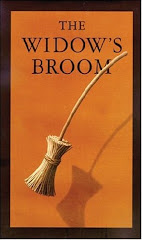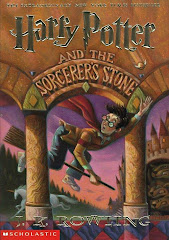A. Adelita
B. Tomie dePaola
C. Tomie dePaola
D. G.P. Putnam's Sons, 2002
E. Picture book, traditional tale
F. k-3
G. Adelita is a Mexican Cinderella story. Adelita's mother passes away the day she is born and so Adelita grows up with her father and her helper, Esperanza. One day, Adelita's father, Francisco, decides to marry a woman who has two daughters of her own. Unfortunately, Francisco dies suddenly of an illness and Adelita is left to live with her stepmother and her stepsisters. Her stepmother even forces Esperanza to leave and Adelita is forced to do all of the chores in the house and wait on her stepsisters hand and foot. One day the women receive an invitation to a party where a handsome young bachelor will be seeking a wife. Adelita is of course forbidden to go while her stepmother and stepsisters go. Esperanza hears Adelita's cries and helps her go to the party. Adelita leaves the party before the bachelor finds out who she is but he finds her the next day when he sees her shawl hanging out of the window as a sign. The two get married and live happily ever after.
H. Tomie dePaola did an excellent job of embracing the Mexican culture in this book. Each page is sprinkled with common Spanish expressions in context (with a glossary in the back). In the United States, the Spanish language and culture are becoming increasingly important and I just love how dePaola adds the tidbits of language in the book instead of just telling the story.
Esperanza is my favorite character in the story. She is just bursting with love and devotion for the family. She is willing to give up everything she has just to stay with Adelita after Francisco dies. She even plays the role of "fairy godmother" when Adelita wants so badly to go to the party but can't because she has nothing to wear and is forbidden by her stepmother. There is such love between the two and it is clearly evident in every single page.
Even the illustrations represent the Mexican culture very well. The bright colors that adorn the borders and pictures of each page are very typical in almost all Latin-American cultures, especially the Mexican. Although I've never been to Mexico, the illustrations look a lot like what I've seen in pictures and have heard from friends who have been to Mexico.
I. Adelita is also a great addition to any lesson on traditional literature or on Cinderella stories. In addition, Adelita is a great segue into a unit or lesson on different cultures and how similar we all are. This is a great story to read to talk about tolerance. By highlighting the similarities between the Mexican culture and our own, we can teach our students that there is no reason to hate or to be prejudiced against the Mexican culture. This can help our students to overcome a lot of what they are seeing in society right now. If there are any Hispanic students in the class, I would encourage them to talk to their parents and write down any other versions of a Cinderella story that they can find. Then I would have those students share those stories with the class (after being translated if necessary). I would also have a day to celebrate the Hispanic culture with a unit on different Hispanic celebrations, food, and music.
*Multicultural*
Subscribe to:
Post Comments (Atom)










1 comment:
I love your teaching suggestions! Incorporating oral histories and stories is so important. It is a way of validating cultural experiences and narratives. Thank you.
Post a Comment